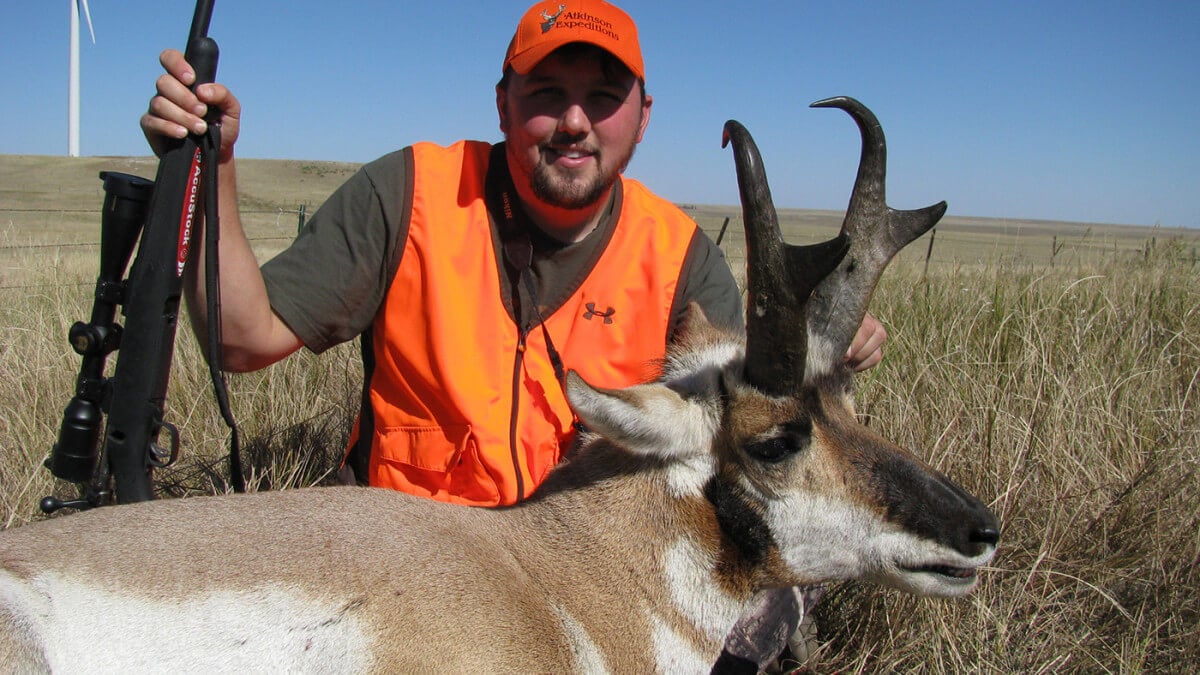- Savage Blog
- Mike Stroff's Antelope Hunting Tips
Mike Stroff's Antelope Hunting Tips

Antelope hunting can be one of the most thrilling hunting experiences in North America, but it requires a lot of planning. Savage ambassador and host of "Savage Outdoors" and "The One", Mike Stroff has expert tips to help you prepare.
Do Your Homework
For many hunters, an antelope tag is a rare treat. In some cases, you have to put in preference points and wait to draw a tag. Maybe you're lucky and get it on the first try, or maybe you have to wait a while to get a tag. Point is -- an antelope tag is usually not something most hunters can get every year. Stroff said it best -- "It's a big deal." Take the time to plan out the hunt that YOU want -- whether that be on public land, private land with permission or with an outfitter. Finally, make the most of your opportunity by ensuring that your gear is set up properly. Choose a lightweight rifle that you can carry for miles that shoots well (may we suggest the 110 Lightweight Storm?) and pair it with a quality optic. Spend time at the range shooting your rifle to make sure you have it dialed in perfectly, so you can be confident taking a shot at an antelope.

Caliber Choice
While the old adage of "bigger is better" is true when choosing a caliber for some animals (like hogs), it's not true for antelope! Stroff prefers any classic deer caliber that has a good ballistic coefficient down range. Antelope thrive in wide open country, and they're not called speed goats for nothing. It's almost guaranteed that you'll be taking some longer shot while antelope hunting. But they're small, thin-skinned animals and big calibers just aren't necessary. "6.5 Creedmoor, that's my caliber of choice," says Stroff.
Smart Optics
It's usually not a big deal if you gain a couple of pounds over the holidays -- you might not even notice! But an extra couple of pounds can be a deal breaker in your hunting pack. Most Western hunt involve a lot of walking and antelope hunting is no different. When you're walking several miles a day, the last thing you want to do is haul around gear that is unneccesarily heavy, or just flat out unneccessary. When antelope hunting, you'll be taking long shots over wide open country and it can be hard to judge distances. A range finder and a pair of binoculars are critical pieces of gear to bring along on an antelope hunt, but that's two pieces of equipement and that starts to add up! Stroff's solution? He likes to bring Bushnell binoculars with a built in range finder. "It's one less thing I gotta carry and while I'm glassing it, I can range it," says Stroff.

